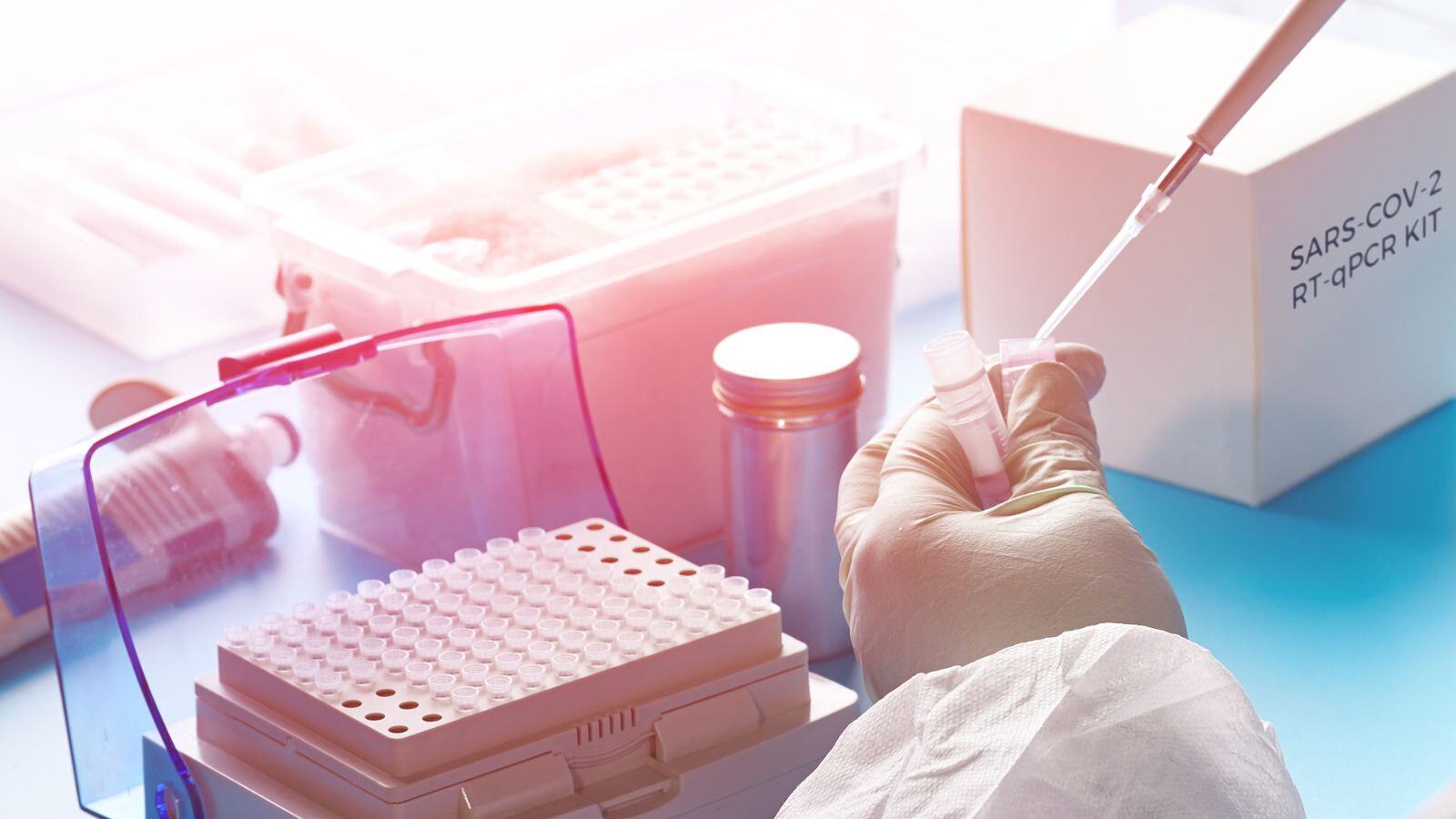In the In Vitro Diagnostic Medical Devices (IVD) manufacturing landscape, compliance with regulatory standards is paramount to ensure the effectiveness and safety of IVDs. With the advent of Regulation (EU) 2017/746 (IVDR), manufacturers face increased scrutiny regarding the clinical evidence supporting their devices. In this article, we’ll delve into the significance of clinical evidence under the IVDR and explore common challenges manufacturers face.
The Significance of Clinical Evidence
Clinical evidence serves as a cornerstone in the evaluation of IVD safety and performance. Under the IVDR, robust clinical evidence is essential to demonstrate that devices meet the necessary standards for effectiveness and reliability. Recent reports have highlighted that deficiencies in clinical evidence constitute a significant portion of deficient technical files during Notified Body (NB) reviews, underscoring the pivotal role of clinical evidence in IVDR compliance.
Common Challenges with Clinical Evidence
Manufacturers encounter various challenges when compiling clinical evidence for IVDR compliance. Some of the most prevalent issues include:
1. Refining Intended Purpose:
The IVDR includes detailed requirements for the intended purpose of devices. Legacy devices often require refinement and reformulation of their intended purpose to align with regulatory standards, which may necessitate additional studies, impacting timelines and costs.
2. Insufficient Evidence:
Manufacturers may struggle to provide adequate clinical and analytical evidence to support the intended purpose of their devices. This includes incomplete evaluation of performance characteristics and a lack of acceptance criteria for analytical and clinical parameters.
3. Incorporating Scientific Validity and State of the Art:
Concepts such as scientific validity and State-of-the-Art (SOTA) are integral to the IVDR’s clinical evidence requirements. However, these aspects are not always adequately addressed in the clinical evidence process, leading to gaps in documentation.
4. Performance Evaluation Plan (PEP) Requirements:
The IVDR imposes stringent requirements for the information included in the Performance Evaluation Plan (PEP). Manufacturers may find it challenging to fully address all requirements outlined in Annex XIII, resulting in deficiencies in documentation.
5. Linking Performance Evaluation Data with Benefit-Risk Evaluation:
Establishing a clear link between performance evaluation data and the benefit-risk ratio evaluation is crucial yet often overlooked. Failure to demonstrate this connection can result in inadequate device safety and efficacy assessment.
Preparing to Address Gaps
To mitigate gaps in clinical evidence, manufacturers must take proactive measures:
- Clearly define the IVDR-compliant intended purpose of devices to minimize the need for extensive re-evaluation.
- Prepare comprehensive State-of-the-Art (SOTA) reports to guide the identification of relevant performance characteristics and acceptance criteria.
- Identify and appraise existing data, including historical studies and literature, to effectively address gaps in clinical evidence.
- Execute planned activities, including additional studies or data collection efforts, to strengthen the clinical evidence supporting devices.
- Engage independent experts to review clinical evidence and technical documentation, ensuring thorough compliance with IVDR requirements.
Navigating the Transition to IVDR
While the transition to IVDR may entail additional work for manufacturers, leveraging available real-world data can expedite the process. Despite the challenges, proactive planning, and adherence to IVDR requirements are essential to maintaining compliance and ensuring the safety and performance of IVD devices.
Conclusion
In conclusion, clinical evidence plays a pivotal role in IVDR compliance, serving as a critical determinant of device safety and performance. By addressing common challenges and proactively preparing to meet IVDR requirements, manufacturers can navigate the transition effectively and uphold the highest standards of quality and patient care in the IVD industry.







.png?width=109&height=108&name=Pharma%20(2).png)
.png?width=111&height=108&name=Medical%20Devices%20(2).png)
.png?width=84&height=107&name=IVD%20(2).png)


















.jpg)
.jpg)